Explained: Oil Painting Structure
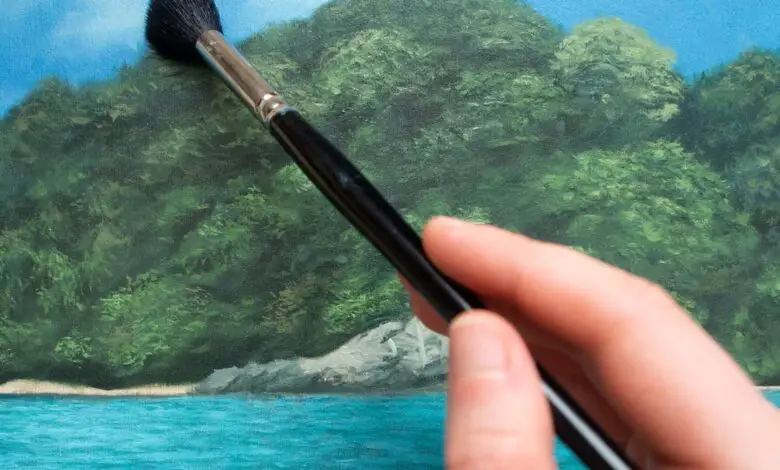
Let’s paint the world colorful!
In the words of Edward Hopper, the late American painter, ‘If you could say it in words, there would be no reason to paint’. This is why the world of art and craft does not merely satisfy the eyes of the beholder but also the heart of creators. Paintings are the picture-perfect way to present things or thoughts beautifully when words are not enough to speak.
Out of the wide range of art types, oil painting mounts as an outstanding style that woos people with its phenomenal fusion of colors and crisp texture. Available as opaque, transparent, and translucent, these make the vibes around one so colorful, cheerful, and smooth. Thus, for every art fanatic who likes to experience a bundle of joy in the form of colors and creativity, here is everything about oil painting and its structure.
Why Is Oil Paintings Considered As Special?
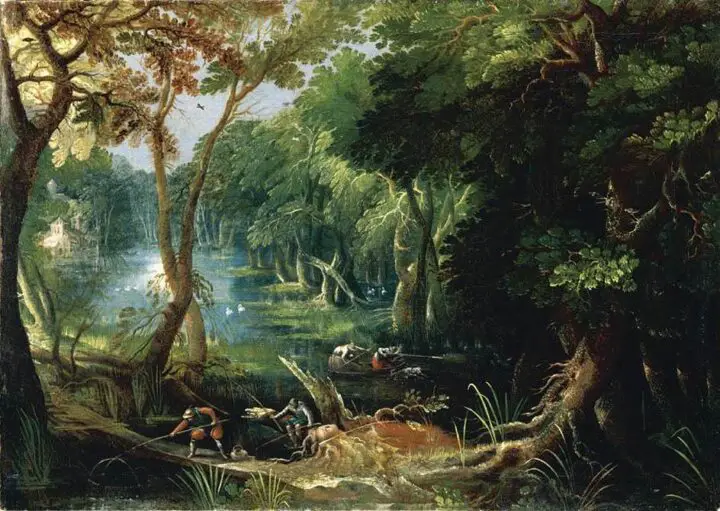
Though known to be first created in the 7th century AD by Buddhist artists in Afghanistan, the special technique of oil paintings, that is binding pigments of oil was recognized in Europe in the 12th century. Surprisingly, with the spike in the Renaissance period, the style of oil painting got on the ball and replaced the use of tempera paints in Europe.
The most amazing thing about such an art style is the flexibility and profundity of colors and their fusion. The fact that oil paintings can be applied from even thin glazes to thick layers and presents a great opportunity for blending, makes them the most special in the arena of art and craft.
Structure Of Oil Painting
Oil paintings today are loved by both artists and art lovers for their depth, beauty, and representation of fascinating feelings. No less than any wonder, the concept actually started making people mesmerized during the Renaissance period. Thus, concerning the root of the style, below mentioned is the structure implemented to create oil painting which is divided into three phases.
1. Preparing The Foundation
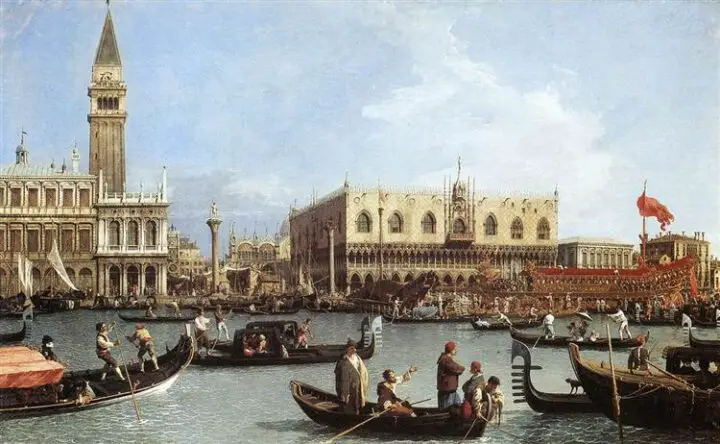
To create a durable yet drop-dead gorgeous artwork, an artist entails making a firm decision regarding the selection of paper, wood, cardboard, linen, and cotton. These are treated before using so that oil does not suck out of the painting. The layer of paints is also ensured to have sufficient pigment to prevent the case of cracking.
During the Renaissance period, artists used to add powdered pigments to oil to make the oil paints. Linseed and walnut oil were two major types of oil harnessed to create outstanding oil paint artwork. Probably, this is why embellishing the home with ancient style oil painting reproductions is like a luxury to people nowadays.
As early as the 17th century, European baroque was one of the most important painting movements in the history of Western art. During this period Caravaggio, Rembrandt and Vermeer were famous Baroque artists. During the Baroque era, artists liked to use rich, vibrant colors in their color palettes. Caravaggio’s paintings mainly used crimson, green, blue, and deep, bright earth tones. In the artworks of Peter Paul Rubens we can see little more than brown, black, white and red. Rich colors were used to represent the texture and surface of objects such as gold, silk and velvet. Therefore, the painting was shown in tactile quality.
Putting On The Paint
Secondly, when applying the painting, the two major techniques used at present are Alla Prima and Layered Painting. Where Alla Prima is all about creating ‘wet-into-wet’, Layered Painting on the other hand includes the creation of several layers.
The application of oil painting in the historical period was too versatile as plentiful options like wooden panels, paper, canvas, or wall surfaces were available to paint. The artists also preferred applying the shade of white or light grey on the surface before beginning the painting. Continuing with various layers further, the oil paintings in ancient times were mixed with peripheral elements.
2. Covering With Varnish
Upon completion of oil painting, it is covered with varnish which is usually a mixture of resins and solvent. This is to maintain the shine and grace of artwork for longer. The varnished is ensured to be reversible so that it preserves the paint layers for a longer time.
In contrast, ancient artists cover their paintings with an extra layer of paint in case of any mistakes made after the creation of artwork. They generally accomplish all this with fingers for a perfect blend of colors.
Popular Oil Paintings From The Top Artists
Oil paintings are the result of ancient artists who endeavored to present their thoughts uniquely. Spreading the delights and beauty of oil paintings, here is the list of the three most popular oil paintings of all time.
1. Mona Lisa – Leonardo Da Vinci
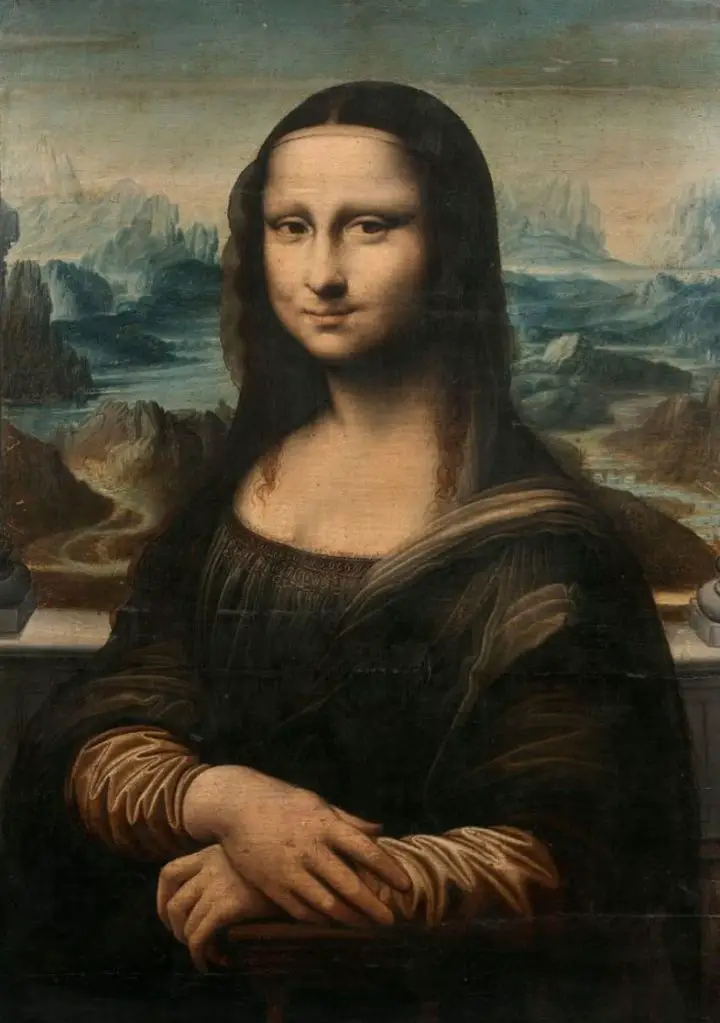
Mona Lisa is one of the most celebrated and discussed paintings all over the world. Created by a famous Italian painter, Leonardo Da Vinci, it always stuns the heart of art enthusiasts for the uniqueness and ambiguity of the smile in the portrait.
2. The Night Watch – Rembrandt
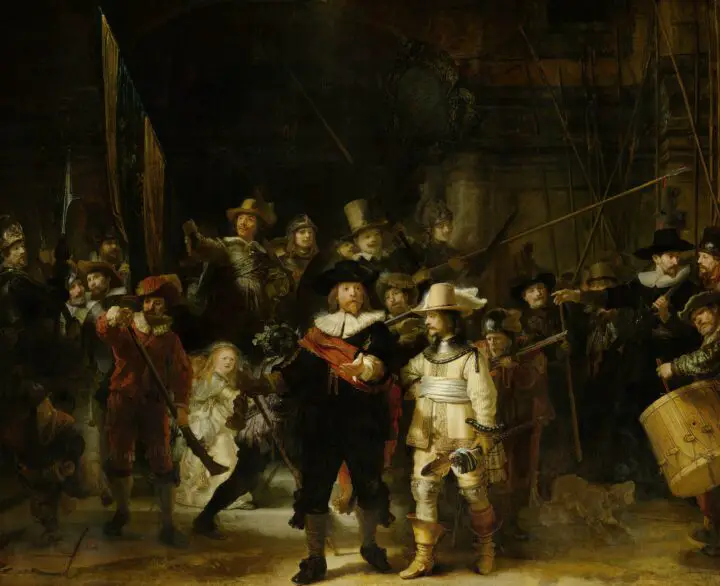
The Night watch, also known as altarpiece is one of the popular dutch oil paintings by Rembrandt. It is said that Rembrandt has made a cameo role in this painting but it isn’t easy to spot him. It is a crucial part of Dutch history and regarded as a national treasure.
3. Girl With A Pearl Earring – Johannes Vermeer
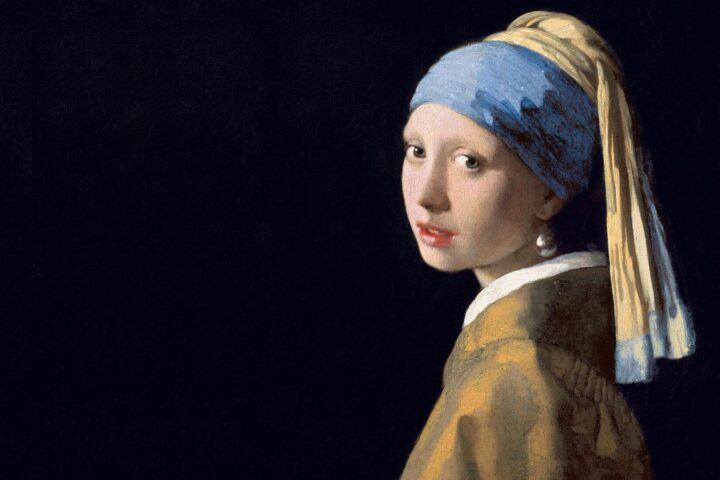
Girl With A Pearl Earring is referred to as the mysterious yet mesmerizing oil painting of all time by Johannes Vermeer. The profile of a beautiful young girl glancing in front makes the painting one of the most enduring in history.
The Bottom Line
Oil when blended with the beautiful hues can result in an eye-catching sight, if created correctly. Oil paintings are impeccable illustrations of the fact as these are the most durable and divine productions that make the place look lavish. Opting for the one associated with the beauty of history can sure-shot impact the lives of individuals in a positive way.
